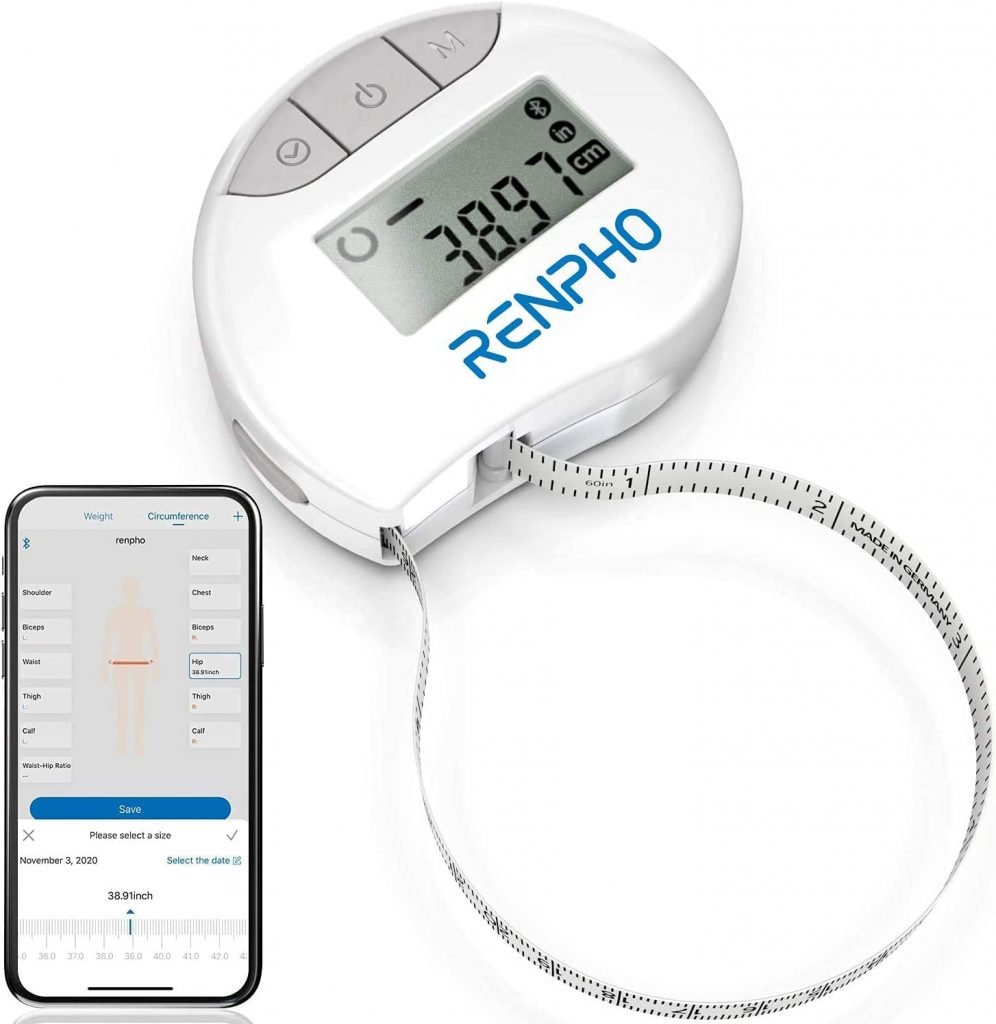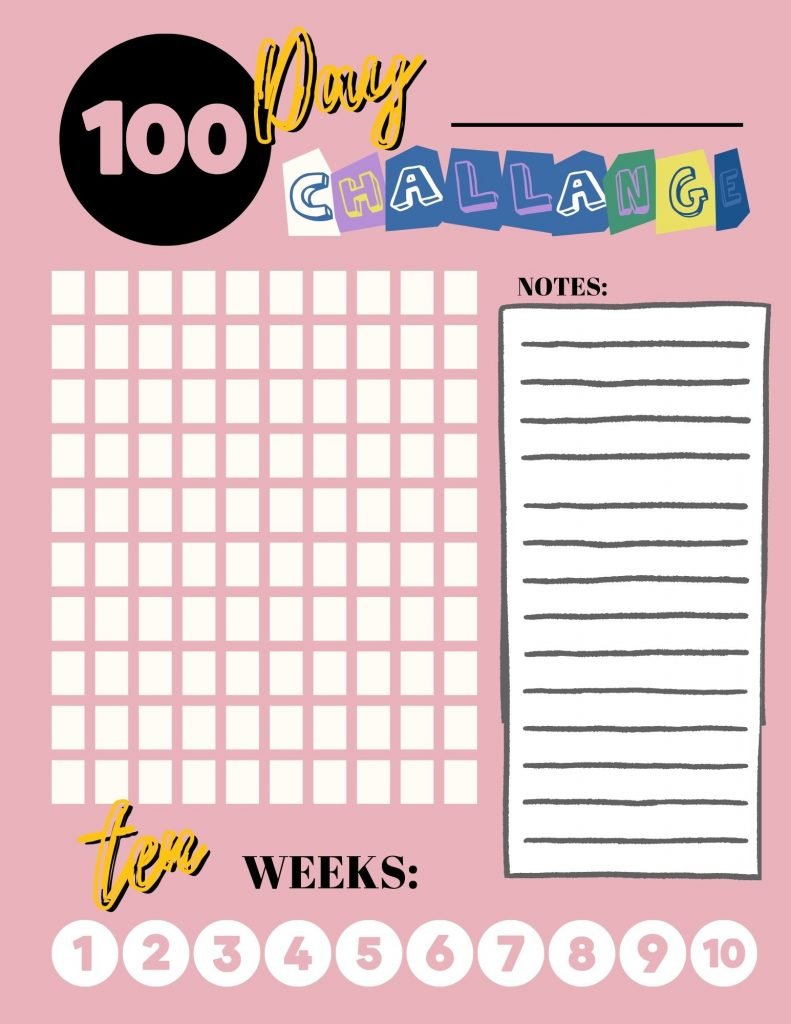Ever get bored two weeks into a new fitness routine? Same. I need novelty to stay interested — but I’ve also learned that if there’s no consistency, the results don’t stick. That’s why the 100 Day Workout Challenge works. It gives you structure without suffocating your freedom to switch things up.
You don’t need a gym membership or a perfect schedule. You just need a daily commitment to move — your way, your rules. Whether it’s a 10-minute sweat session before work or a long hike on the weekend, it all counts. The power of this challenge isn’t in how intense your workouts are — it’s in showing up every single day, regardless.
100 workouts. 100 days. One transformed mindset. Let’s get into how it works — and why it works so well.
What is a 100 Day Workout Challenge?
At its core, the 100 Day Workout Challenge is exactly what it sounds like: one intentional workout, every day, for 100 days straight. No fancy rules. No rigid program. Just movement — your way — done daily.
What counts as a workout? That’s up to you. A sweaty 45-minute strength session counts. So does a 12-minute yoga flow, a walk with the dog, or dancing around your kitchen to Beyoncé. The goal isn’t perfection — it’s presence and momentum.
The beauty is in the flexibility. You’re not locked into one type of fitness. You get to follow your energy and curiosity: maybe it’s weights one day, mobility the next, and a hike on the weekend. The only requirement? You show up for yourself every single day.
Related: The Freedom Journal – Tracking Your Goal for 100 Days
Why 100 Days Works (and What Makes It Different)
You’ve probably heard of 21-day or 30-day fitness challenges. They’re great for kickstarting habits — but 100 days? That’s where you start to change who you are.
This isn’t about a quick reset. It’s about proving to yourself that you can show up, day after day, through boredom, stress, travel, and chaos. A hundred days is long enough to push past the novelty, hit resistance, and keep going anyway — and that’s where real transformation happens.
Think of it like compound interest. Each day may not feel like much on its own, but the gains stack up — physically, mentally, emotionally. You don’t just build muscle or endurance; you build grit, resilience, and self-trust. And that sticks long after day 100.
In fact, behavioral science backs this up. According to researchers at University College London, it takes an average of 66 days to form a long-term habit — not 21. By the time you cross that 66-day mark, you’re no longer trying to be consistent. You are consistent.
Benefits You’ll Notice (Physically and Mentally)
Around day 20, you’ll probably start seeing changes in the mirror. By day 40, you’ll feel stronger doing everyday things — stairs, groceries, chasing your kids. But the real benefits? Those go deeper than muscle tone.
Consistency gives you structure. You stop wondering if you’ll work out today and start planning when. That mental shift spills into other areas — your nutrition improves, you sleep better, and your stress response quiets down.
You’ll also build momentum. Each workout is a small promise kept. Every time you show up, even when you didn’t feel like it, you’re reinforcing trust in yourself. That compounds fast — and it doesn’t just affect fitness. You start believing you can stick with anything.
And don’t underestimate the mood boost. Moving your body daily, even just for ten minutes, is like giving your brain a steady drip of dopamine and endorphins. The more you move, the more you want to move.
What You’ll Learn About Yourself (Real Talk)
Somewhere between the “I’m doing this!” high of day 1 and the “why did I sign up for this?” dip of day 47, you’re going to discover a lot — not just about workouts, but about you.
First, time isn’t the real barrier. You’ll have days when life is chaos — work deadlines, sick kids, no sleep — and you’ll still squeeze in a 10-minute workout. You’ll realize that consistency doesn’t mean crushing it every day. It means showing up anyway.
You’ll also get more creative. When the usual workouts feel stale, you’ll start improvising — resistance bands in the hallway, stair sprints, stretching in pajamas. Movement will start to feel less like a chore and more like a release.
And your relationship with intensity will change. You’ll learn how to tune into your body — pushing hard some days, easing off others. You’ll stop chasing perfection and start respecting your energy levels.
Maybe most important? You’ll begin to trust yourself. You won’t need motivation. You’ll have evidence — 60, 70, 80 days of action that prove: “I follow through.”
Tips for Making It Through All 100 Days
A hundred workouts in a row sounds intense — and some days, it will be. But with a few smart strategies, you’ll make it to day 100 without burning out (or ghosting your goal halfway through).
1. Set a “Minimum Effective Dose”
Not every workout needs to be beast mode. Decide on your baseline — maybe it’s 10 minutes of intentional movement — and let that count. On low-energy days, your baseline keeps the streak alive without draining you.
2. Track Your Progress Visually
There’s something deeply satisfying about crossing off days on a calendar or checking boxes in a tracker. Seeing your streak grow is fuel for motivation. (Grab a printable 100-day tracker or use a habit-tracking app.)
3. Celebrate Milestones
5 days. 25 days. 50. Take time to acknowledge each win — even if it’s just a fist pump, a selfie, or a reward like new workout gear. Small celebrations keep the momentum high.
4. Redefine Rest
Rest days are allowed — and needed. But instead of zero movement, try active recovery: walking, mobility drills, stretching. You’re still honoring your body, without breaking the chain.
5. Get Accountability on Your Side
Tell a friend, start a shared challenge, or post updates online. Knowing someone else is watching — or cheering you on — makes a huge difference on the days when your willpower hits empty.
Tools to Help You Stick With It
You don’t need fancy gear to succeed — but the right tools can make consistency easier (and way more fun). Here are a few worth having in your back pocket:
I created this printable tracker to help you stay on course — because seeing your streak build is incredibly motivating. Whether you tape it to your wall or tuck it into your planner, it becomes a daily reminder that you’re showing up for yourself.
✔ Track each day with a simple checkmark
✔ Stay visually accountable
✔ Build momentum — and proof of your commitment
🎯 2. A Smart Tape Measure
The scale can lie. Muscle weighs more than fat, and results show up in your waistline before the numbers shift. A smart tape measure gives you real progress data in inches — not just pounds — and keeps you motivated when the mirror plays tricks on you.
▶️ 3. A Go-To Workout Playlist or YouTube Channel
Watching someone else grind through a challenge can be surprisingly inspiring. These two guys filmed their entire 100-day transformation — the workouts, the wins, and the burnout. It’s honest, motivating, and a solid reminder that you’re not alone in the grind.
📷 4. Progress Photos
Even if you’re camera shy, take one photo every 10 days. You’ll be shocked at the side-by-side comparisons — especially if you felt like “nothing was changing.” This is visual proof that consistency pays off.
💬 5. An Accountability Buddy (or Group Chat)
Doing this alone is powerful. But having one person — or a group — to check in with makes it even better. A shared tracker, quick messages, or even a social media post can be enough to keep you on track when your willpower dips.
🎵6. Go-To Workout Playlists or Apps
Having a pre-picked playlist or favorite workout app saves mental energy — especially on busy days. No need to search, decide, or think. Just press play and move. Bookmark your go-tos for fast access.
Smart Tape Measure Body with App

What You Learn Along the Way
There’s a difference between finishing a workout and finishing a challenge like this. One gives you endorphins. The other teaches you who you are.
Here’s what most people discover by day 100:
- You don’t need 60 minutes to make a workout count. When you’re low on time, you’ll learn to crush it in 10 — and still feel proud.
- You’ll get creative. You’ll stretch in the kitchen, squat during Netflix, or invent a new flow when your usual routine gets stale. Boredom becomes your cue to innovate.
- Rest isn’t weakness — it’s strategy. You’ll finally understand the difference between skipping and recovering. Rest days become part of the rhythm, not a break from it.
- You’ll learn to listen. Some days will demand strength, others stillness. You’ll start switching between cardio, strength, mobility, and breathwork based on what your body needs — not just what’s on your plan.
- You’ll become more mindful. When you move every day, you start eating differently, sleeping differently, and thinking differently. You feel the effects of one missed workout — or one junk-filled day — faster and clearer.
- You’ll prove to yourself that you can finish something hard. That’s the kind of quiet confidence that leaks into every other area of your life.
In short? You stop asking, “What’s the best workout?”
You start asking, “What would it take to keep this going for the rest of my life?”
🎁 Free Download: Your 100 Workout Challenge Tracker
Stay consistent. Stay motivated. Stay on track.
I designed this printable tracker to give you a visual sense of progress as you move through your 100 days. It’s clean, minimalist, and super satisfying to use. Just check off each workout — and watch your momentum build.

FAQ: 100 Day Workout Challenge
What if I miss a day?
It happens. Life throws curveballs. One missed day doesn’t erase your progress — but don’t let it turn into two. Pick up where you left off and keep moving. Some people add an extra day at the end, others don’t. You decide your rules — the key is consistency, not perfection.
Do I need a gym or equipment?
Not at all. Bodyweight workouts, walks, yoga, and stretching all count. The challenge is about movement, not machines. That said, if gym workouts keep you motivated, use them! Just don’t let lack of equipment be your excuse.
Can I repeat the same workout every day?
You can, but you probably won’t want to. Variety prevents boredom and reduces injury risk. Try alternating between strength, cardio, mobility, and low-impact recovery days to keep things fresh and balanced.
How long should each workout be?
Set your own “minimum effective dose.” For most people, 10–30 minutes is plenty. Some days, you might go longer — but don’t overdo it early on and risk burnout. Think longevity over intensity.
What if I’m a complete beginner?
This challenge is actually perfect for beginners — because it’s self-paced. Start slow, listen to your body, and celebrate every win. You’re not trying to be perfect. You’re building the habit of movement, and that’s where real change begins.
It’s You vs. You
A hundred workouts sounds like a lot — until you realize it’s just one workout… repeated 100 times with growing confidence, creativity, and grit.
By day 10, you’ll feel good.
By day 30, you’ll start noticing real change.
By day 100, you’ll be different — not just stronger, but more resilient, more disciplined, and more you.
This challenge isn’t about hitting a number on the scale or crushing a personal best. It’s about becoming the kind of person who shows up — even when it’s inconvenient, even when it’s boring, even when no one’s watching.
So start today. Lace up. Press play. Roll out your mat.
It doesn’t matter what you do — only that you do it.
100 days from now, you’ll thank yourself.
Goals….Save to your Pinterest Board





